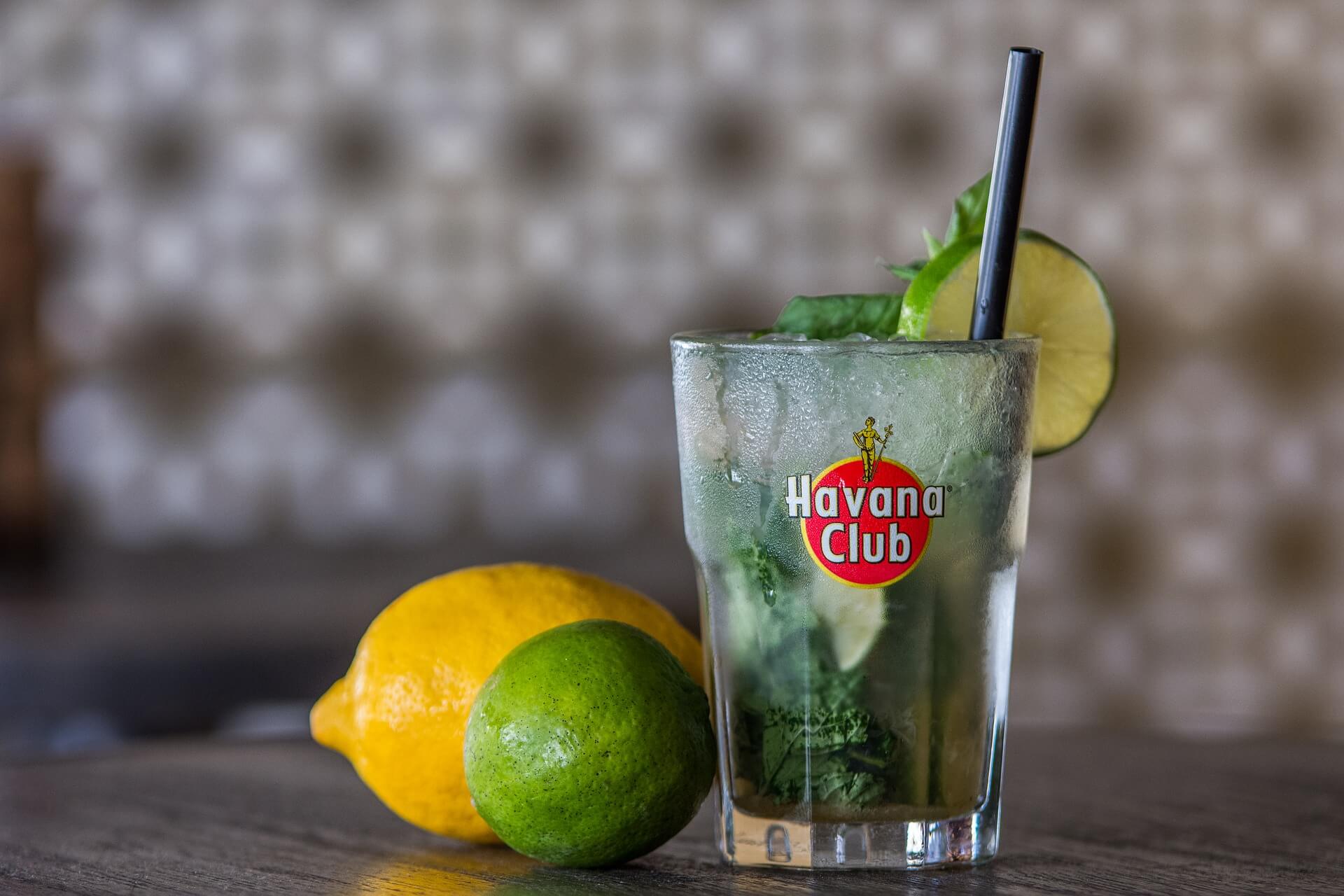Let’s Talk About Rum Styles
by David Klemt

Last Monday, August 16, was National Rum Day. Of course, millions of people drink rum every day. So, there’s really not a bad day to learn more about the many styles of this versatile spirit.
Obviously, we love restaurant and bar holidays. Just review Exhibits A and B, National Tequila Day and National Scotch Day.
But, we also love learning and teaching others about spirits and cocktails any day of the week. Today, let’s dive into rum!
Cheers!
Molasses vs. Juice vs. Syrup
There are three main types of rum in terms of the main ingredient distillers ferment to make this classic spirit.
First, the more common source: molasses from sugarcane. Then, there’s fresh sugarcane juice. Finally, rum can be made with sugarcane syrup.
However, there are also spirits like aguardiente made from the distillation and fermentation of fruit. Additionally, beet sugar can be an ingredient. However, many countries—including the US—require rum to be made from cane sugar.
Light Rums
Generally speaking, rums can be broken down into two characteristics beyond molasses, juice or syrup: light rum and dark rum.
White / Clear
It doesn’t get much lighter than clear, does it? Simply put, the production method for making a white or clear rum includes filtering out the color. Contrary to what some assume, these rums aren’t necessarily unaged: many rest for one or two years.
Again, speaking generally, these light rums are often less flavorful than other styles. Daiquiris, Mojitos and Piña Coladas tend to be made mostly using white or clear rums. Of course, it can be profitable to upsell those classics with golden, pale, dark, and premium aged rums.
Gold / Pale
One way to think about gold or pale rums is that they’re a step up in flavor profile. They also tend to receive longer aging times than their white and clear counterparts.
However, since they’re not normally the rums that are rested for particularly long times, they’re usually affordable.
Dark Rums
Dark
So, let’s kick this section off with the creatively named dark rum category called…dark.
To be clear, this category can include gold and pale rums, technically. When people refer to dark rums, that’s an awfully broad description. So-called “dark rums” can run the gamut from aged a couple of years to aged for incredibly long times. Not only do these rums not undergo a filtering process to remove their color, distillers may actually add color.
Black
Now, this is a more specific categorization among the catch-all “dark rum” descriptor.
When one encounters a black rum, they can expect several elements: dark in color, rich and bold flavor, a full body, and a rum made from molasses. Often, the barrels used to age black rums are given a heavy char.
Navy
This is another full-body rum. Arguably, this is the most traditional form of rum that harkens back to the 1600s.
It bears the name “navy” because it’s the style of rum that British Royal Navy sailors made famous. As many people are aware, rum was a staple ration on the Royal Navy’s ships.
Specialty
Drilling deeper, there are several categories of rum that are too specific to simply bear the label “light” or “dark.”
Flavored / Spiced
Prepare for amazement: This category of rums receives enhancements from spices and/or flavorings. Shocking, I know.
Coconut is among the most common rum flavorings. However, you’ll also find apple, pineapple, and even gingerbread.
In terms of spiced rum—hello, Captain Morgan—common spices are cinnamon, clove, and nutmeg.
Overproof
I’m willing to bet this label isn’t difficult for most people to figure out.
Speaking generally once again, most rum in the US and Canada weighs in between 40- and 50-percent ABV. Overproof rum, then, is a high-proof spirit.
Cask strength for rum can reach as high as 84.5-percent ABV, or 169 proof. Interestingly, the US prohibits rum over 155 proof from entering the country (in most cases).
In Canada, up to 190-proof spirits are legal.
Funky
This is an incredibly fun and unique style of rum hailing from Jamaica.
Jamaican funky rums offer the drinker the opportunity to try something different, bold, and that embodies the island country’s terroir. To make these unique rums, distillers often add what’s called “dunder” during the fermentation process. Dunder it leftover material from previous distillations, and when added in large quantities, it can be referred to as “muck.”
Get heavy in the muck and the rum gets truly, unforgettably funky.
Rhum Agricole
At the top of this article are the three main sources for rum: sugarcane molasses and sugarcane juice. Distillers produce rhum agricole by distilling pressed sugarcane sugar directly.
Also, rhum agricole was created in the island nation of Martinique. Now, many people have likely read that only Martinique distillers can make rhum agricole. The reality is more nuanced.
For a rhum agricole to be labled “Rhum Agricole AOC Martinique,” the product must meet specific requirements.
Cachaça
There’s a saying well-known by bar professionals across the globe: “No Negroni without Campari.” Well, there’s no Caipirinha without cachaça.
Also known as the National Spirit of Brazil, cachaça must be made from fermented sugarcane juice. The use of many species of trees throughout Brazil give distillers the opportunity to produce cachaça with terroir and distinctive flavor profiles.
Image: Christo Anestev from Pixabay
